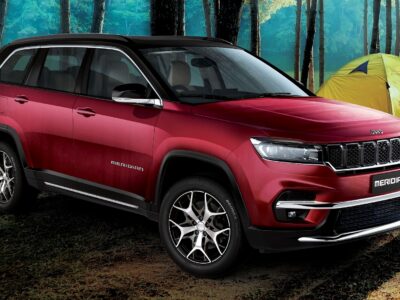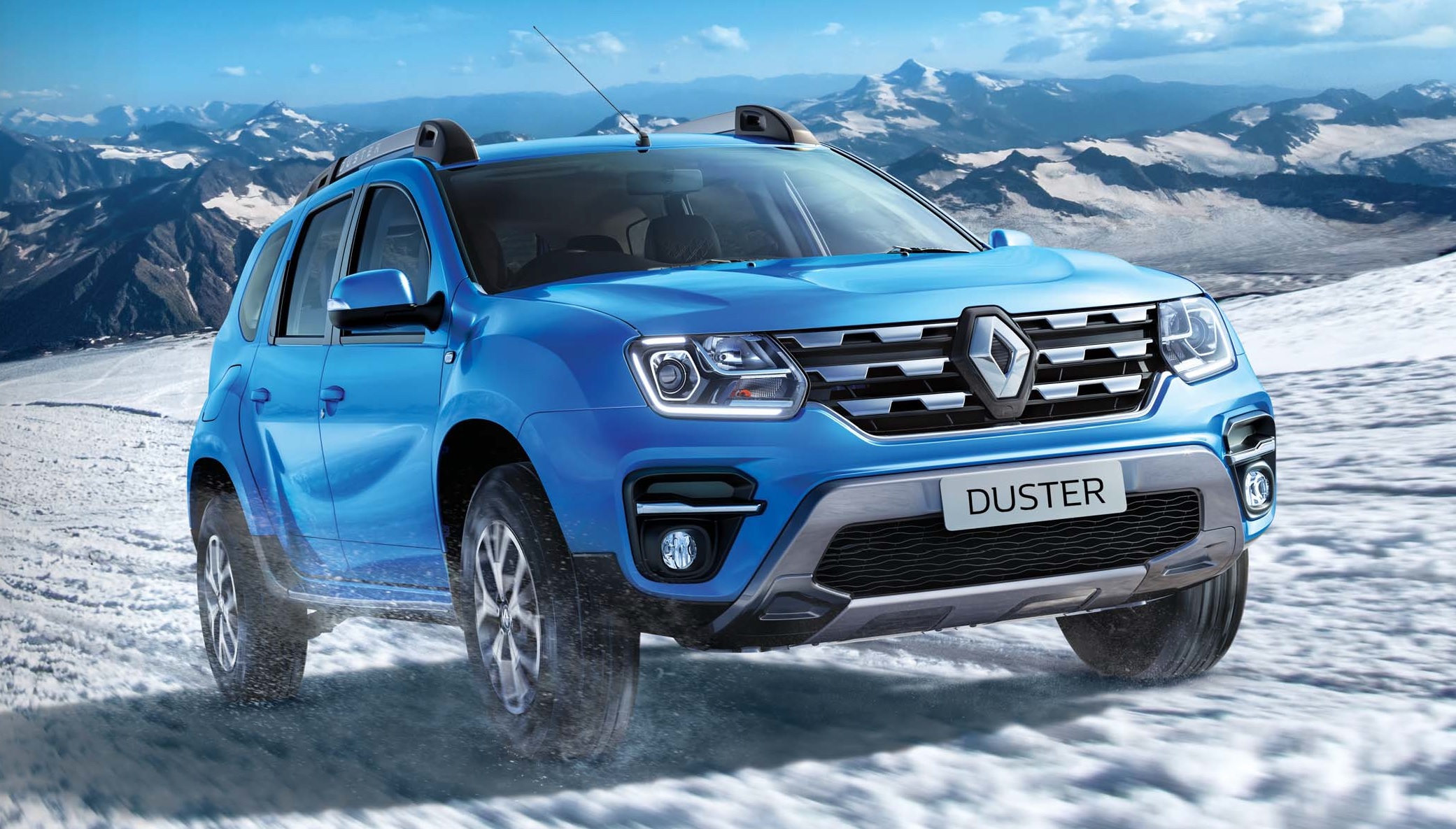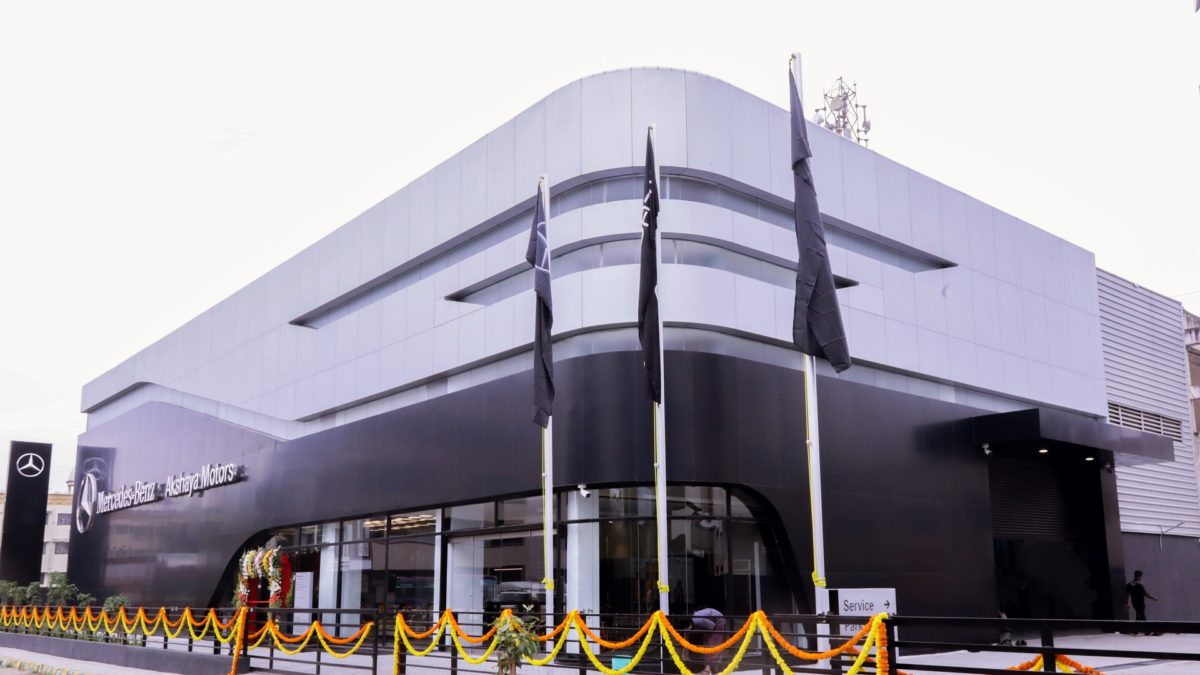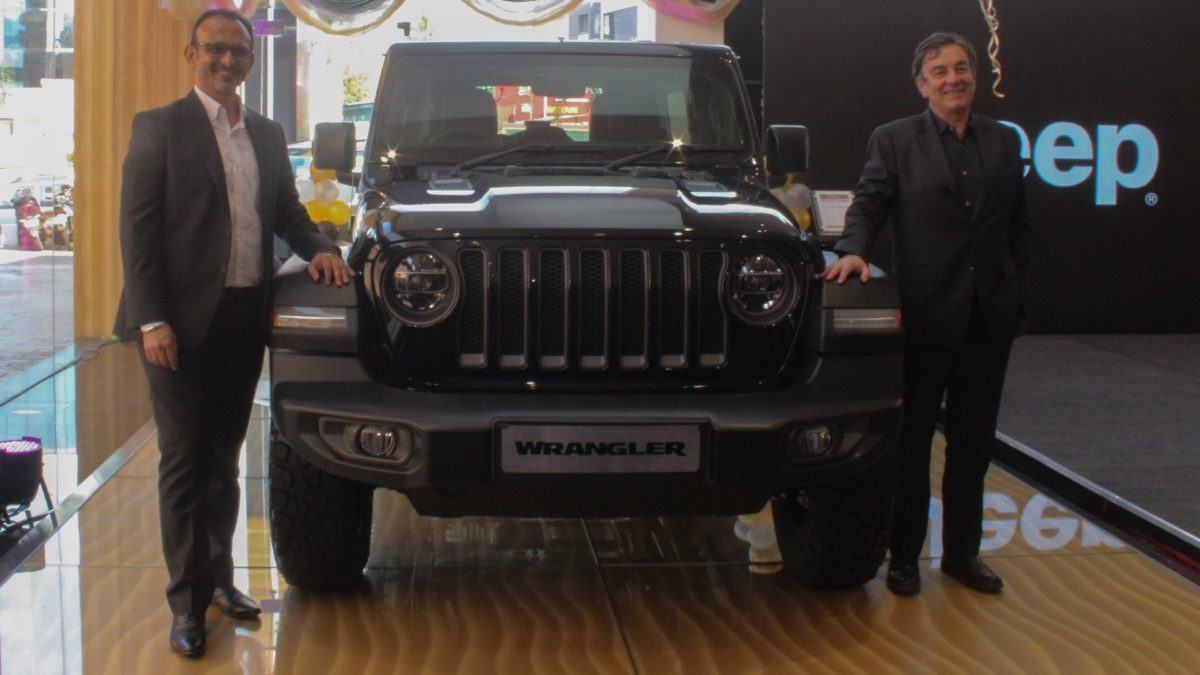Yes, it has always looked old-school. Yes, it has never been the most refined SUV in the market. And yes, it has never been the most powerful either. But the simple matter of the fact is this – the Bolero is quite possibly Mahindra’s most celebrated marque in India. It might not have sold in great numbers in metro cities. However, the rural market has loved it since 2000 for its simplicity, dependability and outright ruggedness.
As we are aware, the automobile space is rapidly changing in our country. We’ve got new, stricter emission norms coming in from next fiscal. We already have the AIS-145 safety norms in place. And, of course, the push towards electric mobility is here to stay for years. In such challenging times, carmakers are burdened to take tough decisions including which model to keep and which to discard. Mahindra, it seems, has decided to pass on the torch to Bolero Power+ from the standard model. Why? The cost of upgrading the old workhorse made no business case.
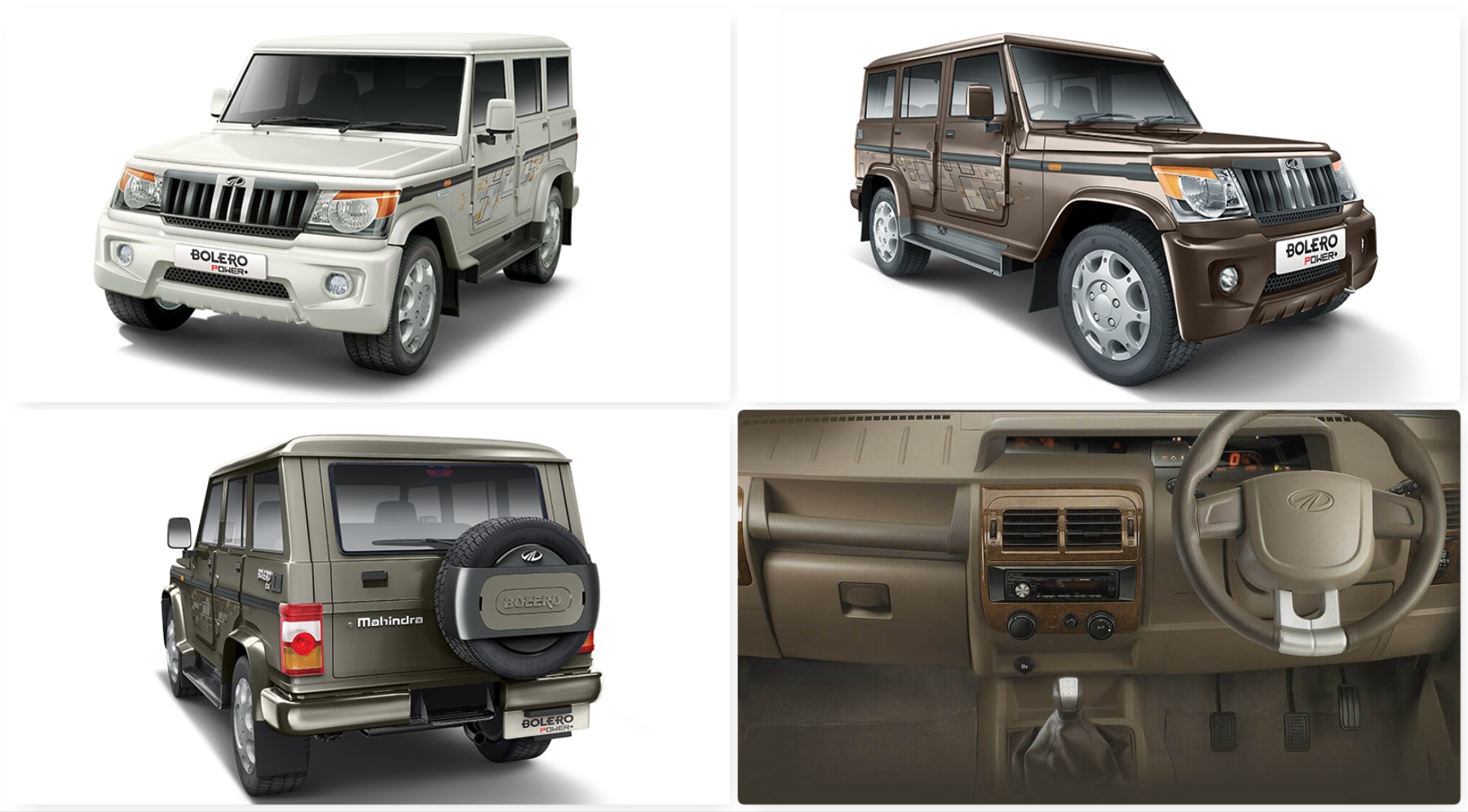
In other words, we bid goodbye to the standard Bolero. From now on, the Power+ version will carry the legacy in the personal vehicle space. And it does make a good case for itself. The said derivative is in the sub-4 metre segment, which helps keep the taxes down. Its 1.5-litre diesel engine has already received a BS6 certificate, which will be offered from early next year. It also packs the minimum safety features to comply with the newly enforced safety norms. And, most importantly, it delivers nearly 90 per cent of Bolero’s goodness in a leaner, more efficient package. The Power+ is available in four trim levels – LX, SLE, SLX and ZLX. Prices start from Rs 7.49 lakh and go up to Rs 8.86 lakh (ex-showroom Delhi).
In April last year, the Bolero surpassed the 10 lakh sales mark in India. The model took less than 18 years to achieve that impressive feat. Apart from the Bolero Power+, Mahindra has two more sub-4 metre SUVs on sale in India – the TUV300 and the XUV300. They, along with the Marazzo and the XUV500, will also receive BS6-compliant powertrains before March 31, 2020.


